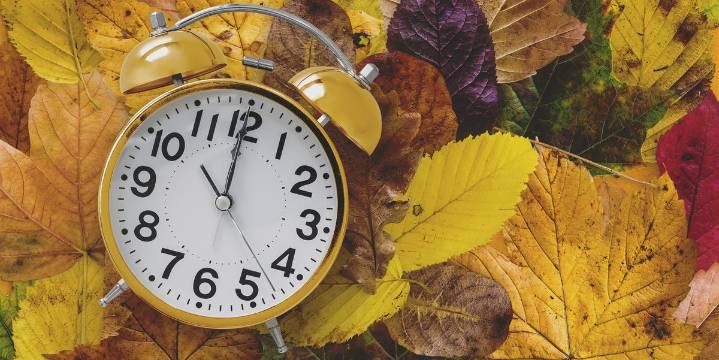Carol Yepes // Getty Images
The leaves are falling, and the days are growing shorter. That means one thing as we head into November : It’s almost time for Daylight Saving Time to end for the year. We will all set our clocks back one hour before going to bed on November 2 (or in the morning the next day) and “gain” an hour of sleep that night (woo-hoo!). Through the rest of fall and winter, we will have extra light for navigating to school and work in the morning, but there’s a tradeoff—it’ll get dark an hour earlier too.
So, why do we do this whole time shift, anyway? It turns out it’s way more complicated than you may think. Here’s what you need to know about “falling back” in November and “springing forward” next spring.
Daylight Saving Time ends for the year on Sunday, November

 Country Living
Country Living

 Associated Press Top News
Associated Press Top News CBS19 News Crime
CBS19 News Crime CBS News
CBS News WRDW-TV News 12
WRDW-TV News 12 New York Post
New York Post Daily Herald
Daily Herald The Boston Globe Crime
The Boston Globe Crime FOX 35 Orlando
FOX 35 Orlando CNN
CNN The Daily Beast
The Daily Beast